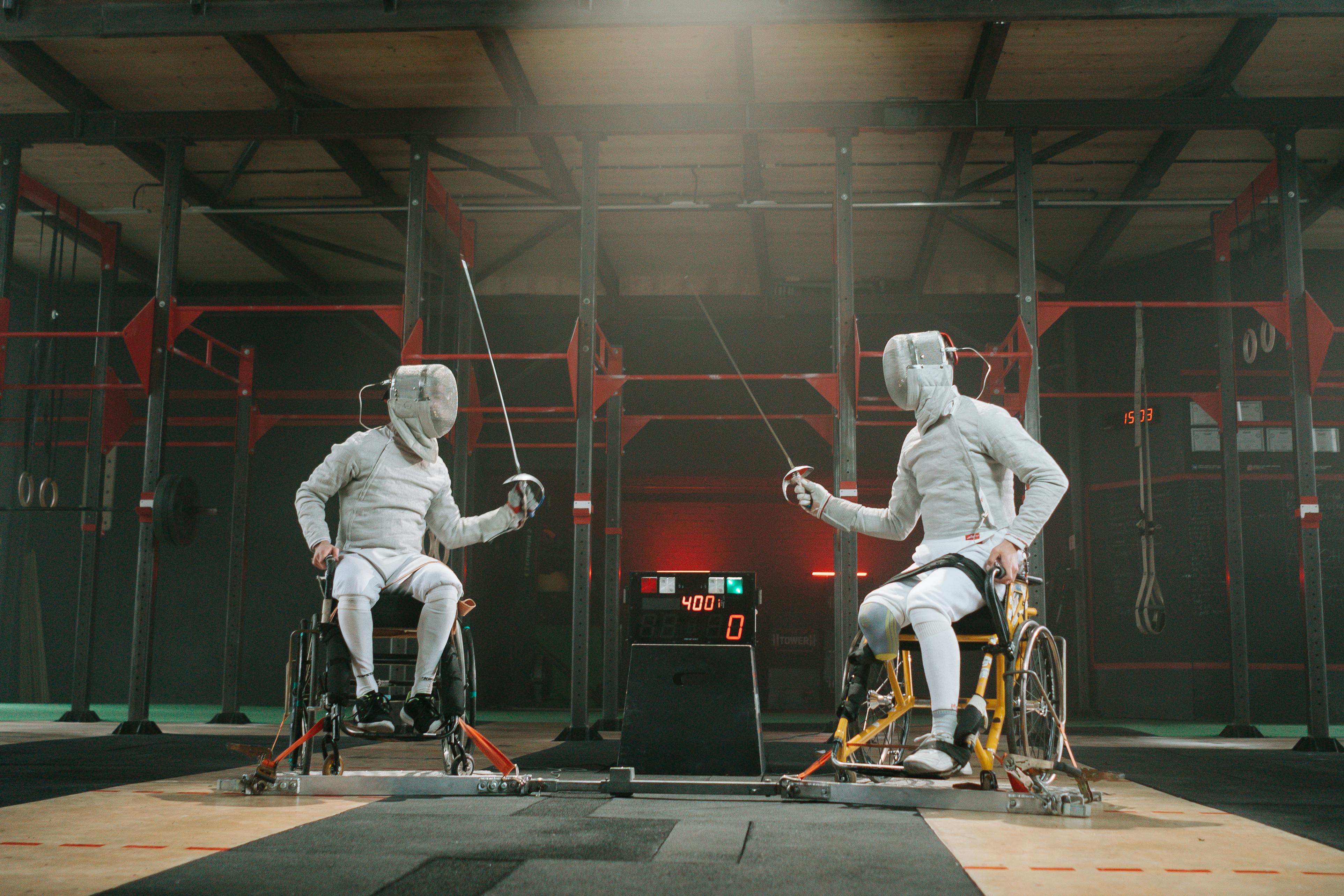Breaking Barriers: The Inclusive Power of Adaptive Sports
There's a world of sports that exists beyond the traditional boundaries. A world that defies limitations, shatters stereotypes, and redefines the meaning of athletic prowess. This is the realm of adaptive sports. In this domain, athletes with disabilities demonstrate their strength, determination, and willpower, challenging the conventional definitions of athleticism. This article will delve into the fascinating world of adaptive sports, exploring its historical roots, current trends, and the benefits it offers to participants.

The Genesis of Adaptive Sports and Its Evolution
Adaptive sports have their roots in rehabilitation. In the aftermath of World War II, Sir Ludwig Guttmann, a neurologist at the Stoke Mandeville Hospital in the UK, started using sports as a therapeutic tool for veterans with spinal injuries. In 1948, the Stoke Mandeville Games, a precursor to the modern Paralympics, were born. Over the years, what started as therapy has evolved into a full-fledged competitive arena, empowering persons with disabilities to display their sporting prowess on a global stage.
The Current Landscape of Adaptive Sports
Adaptive sports have come a long way from their humble beginnings. Today, they encompass a wide range of disciplines, from wheelchair basketball to adaptive skiing, and are supported by a growing network of organizations and initiatives worldwide. The Paralympic Games, held parallel to the Olympics, showcase the highest level of competition in adaptive sports, attracting millions of spectators and media attention. There’s also a growing push to make adaptive sports more mainstream, with professional leagues and tournaments gaining traction.
The Science Behind Adaptive Sports
Adaptive sports aren’t merely about adapting traditional sports for athletes with disabilities. It’s about understanding the unique physical demands and capabilities of these athletes and tailoring training regimens accordingly. Sports science plays a crucial role in this. Researchers and trainers are constantly exploring new ways to optimize performance, manage injuries, and enhance recovery. The use of cutting-edge prosthetics and assistive devices also plays a significant role, with advancements in technology enabling athletes to push the boundaries of what’s possible.
The Benefits and Challenges of Adaptive Sports
Participation in adaptive sports offers numerous benefits. It aids in physical rehabilitation, helps in maintaining fitness, and boosts mental health. It also provides a platform for socialization, fostering a sense of community among athletes. However, there are challenges too. Accessibility and inclusivity remain major concerns. There’s a need for more adaptive sports facilities, trained coaches, and funding support.
Adaptive Sports: A Game Changer
In conclusion, adaptive sports are more than just a platform for competition. They’re a testament to the indomitable spirit of athletes who refuse to be defined by their disabilities. They’re a vehicle for change, challenging societal perceptions and promoting inclusivity. As we continue to break down barriers and open up new avenues, the future of adaptive sports shines bright, promising a world where everyone has an equal opportunity to shine in the sports arena.
In the realm of sports, there’s always a fresh perspective to discover, a new challenge to overcome. Adaptive sports offer a unique lens to view this world, reminding us that the spirit of sportsmanship transcends all boundaries. So, let’s cheer on these remarkable athletes as they continue to redefine the game, and in the process, inspire us all with their resilience and determination.





